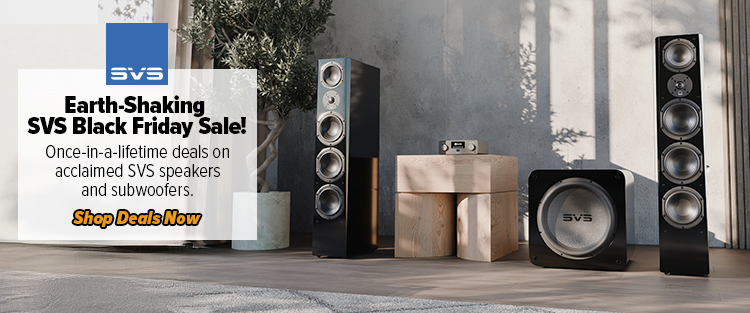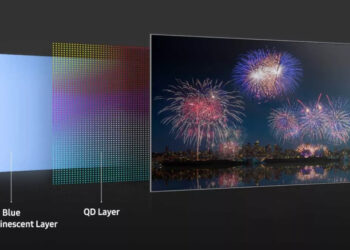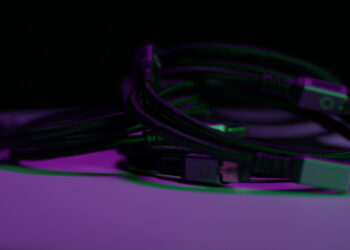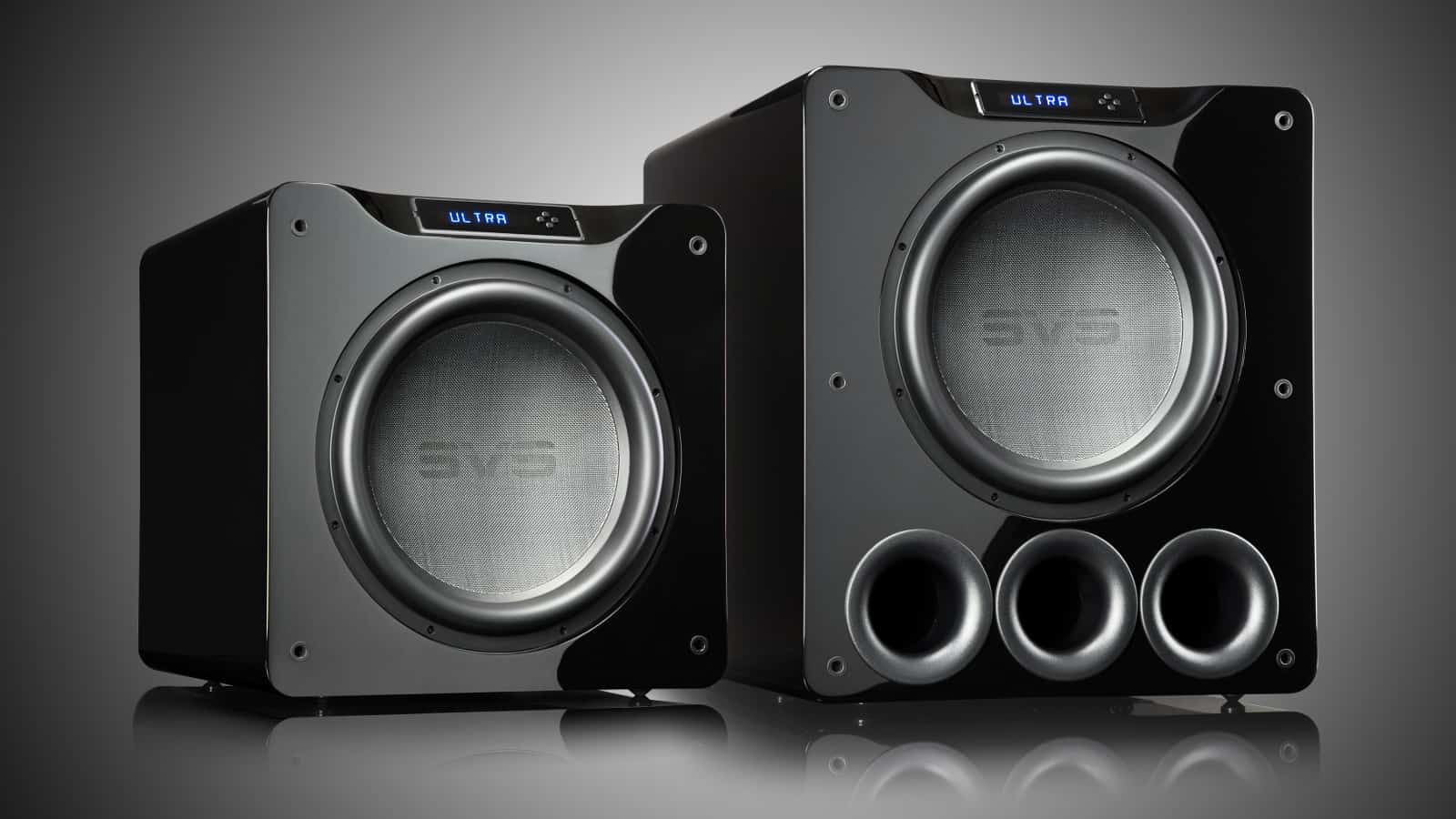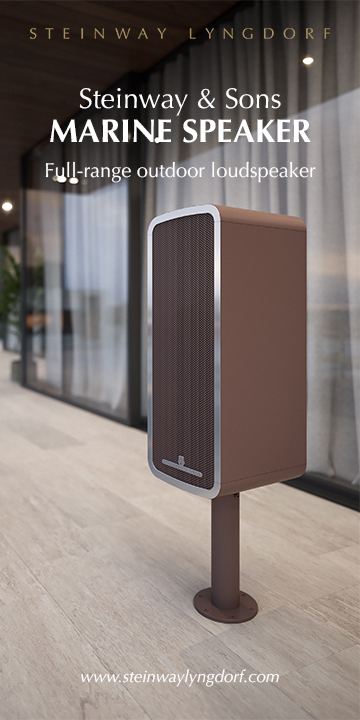Speaker placement can have a drastic impact on your frequency response, but the ideal location for your monitors is going to change based on your room size, personal preference, and whether or not you’re using a subwoofer.Just looking at a speaker, we might infer that all of the sound is projected out of the front face. This is mostly true for the higher frequencies, but lower frequencies radiate in a sphere around the speaker meaning that they can create reflections and pressure zones on any of the surfaces directly surrounding them.
Speaker Boundary Interference Response
This is where the concept of Speaker Boundary Interference Response comes into play. Just like how the first reflections off our side walls can cause interference, the reflections off the front wall, side wall and floor can also cause issues directly surrounding the speakers. No matter the distance from the speaker to the wall, there will always be phase interference at the frequencies that correlate to that distance. So any distance between your speaker and your wall will create phase cancellation at 1/4th the wavelength. This is because after the sound reflects off the wall back to the speaker position it has traveled one half of the wavelength and arrives at the sound source 180 degrees out of phase with the original sound. At one half the wavelength to the wall the sound travels the full length of the wave so it’s completely in phase when it bounces back to the speaker.
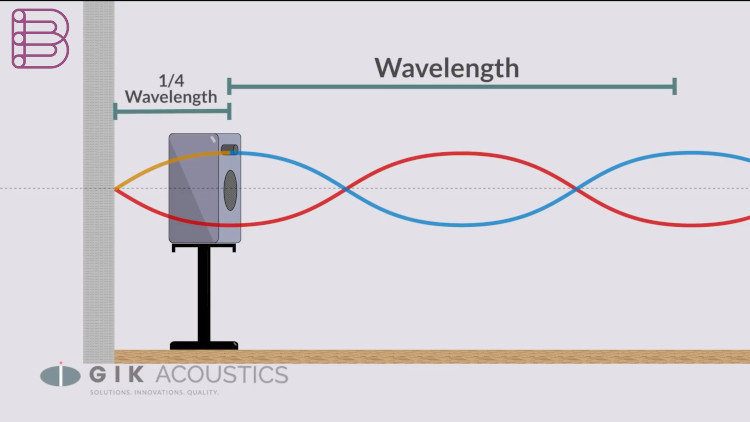
Strategies to mitigate the effects
There are a few different strategies to mitigating these effects. Many high end studios build their speakers into the walls to eliminate the extra reflections all together, but this isn’t always an option for those with budget or space constraints. One common solution is to bring your speakers out four feet or more from the front and side walls. This will ensure that the phase interference occurs in lower ranges that can be rerouted through your subwoofer instead of your front speakers. This isn’t always viable in a smaller room and it requires that you have a subwoofer that can work at a high enough frequency to pick up where the stereo monitors cut off. You’ll still need to deal with the Boundary interference when it comes to placing the subwoofer.
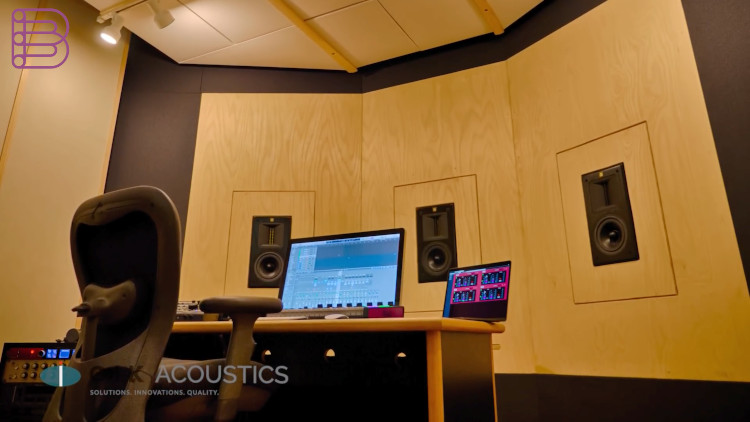
Where acoustic treatment comes into play
The further the speaker is from the wall the lower the affected frequencies, So pulling the speaker out far enough to place acoustic treatment behind it often causes the interference to dip below the effective range of the panel. If we can place the speakers far enough out that the interference is mostly below the audible range, then we can treat behind the speakers with Soffits or range limited monsters to clean up the rest. For smaller rooms it’s better, to place the spreaker as close to the front wall as possible, without actually touching. This will minimize any SB interference and you can then focus treatment around the speaker.
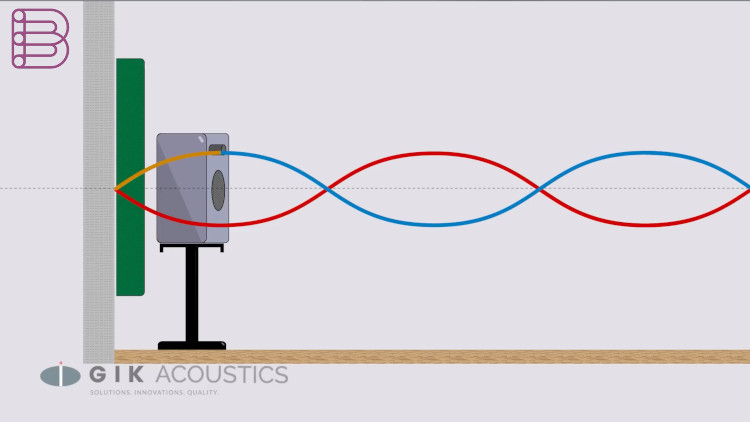
Peaks and nulls
No matter where you place your speakers you’ll want to avoid having the same distance between multiple surfaces. If the distances from the speaker to the side wall and the front wall are the same then the same peaks and nulls will manifest from both sets of reflections which in turn will stack and create even larger peaks and nulls. This is also true for your floor as well.
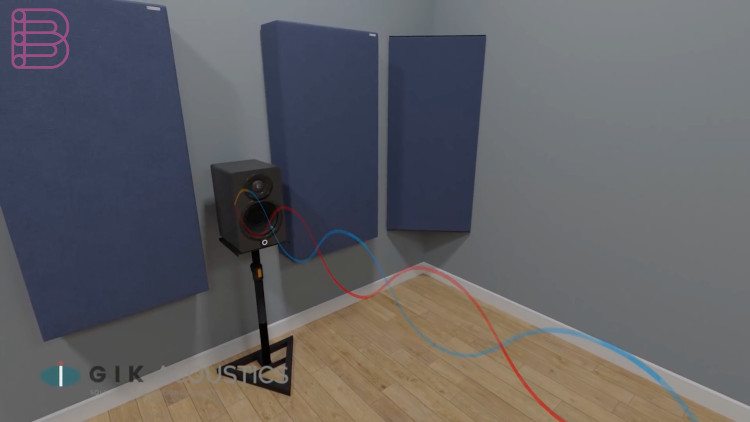
Visit the GIK Acoustics website.



